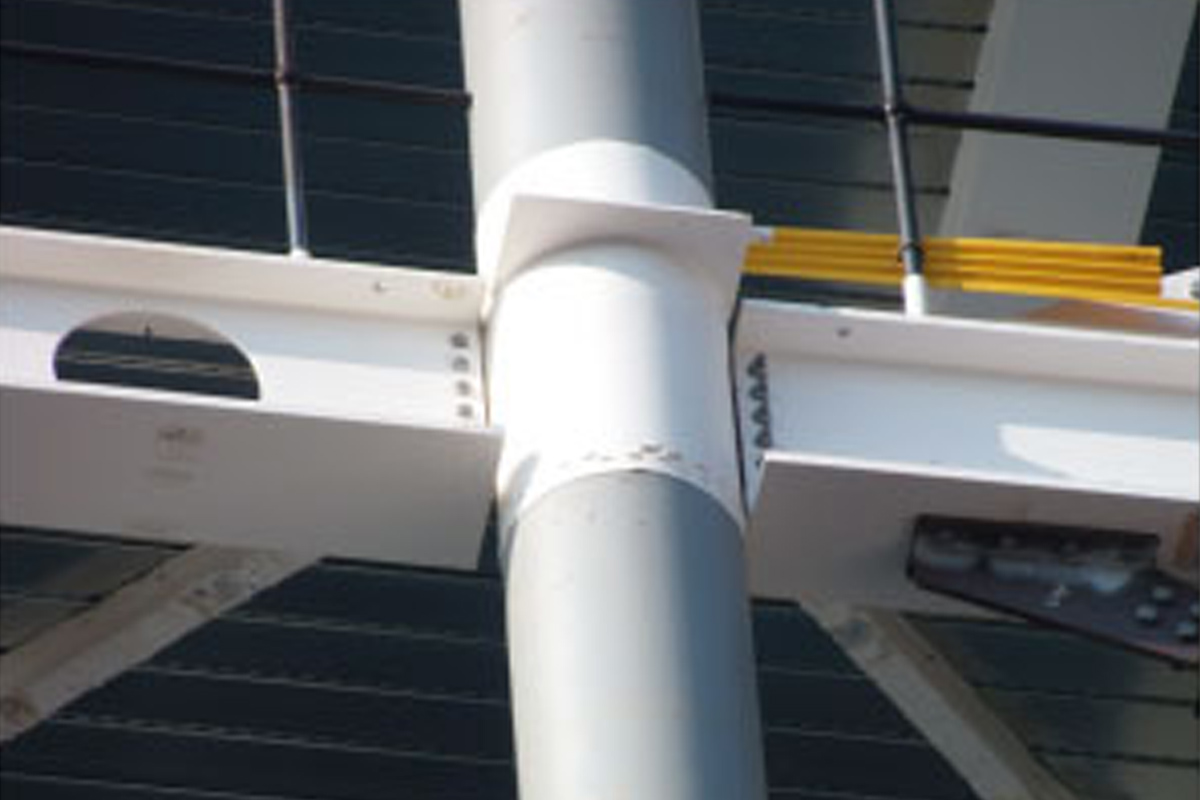Our General Manager Structural Systems Dr Stephen Hicks and Finite Element Analyst Nandor Mago have published a peer-reviewed paper in the Journal of Constructional Steel Research.
The paper investigates the fire performance of highly utilized and eccentrically loaded concrete filled composite columns with a slenderness greater than currently permitted for the simple calculation model in Eurocode 4 Part 1.2.
The fire resistance rating was calculated by applying implicit as well as explicit finite element analyses, and undertaking sequentially coupled thermal-stress analyses.
Initially, published fire tests on concentrically loaded columns as well columns with a modest load eccentrically (e/h ≤ 0.25) were analysed with normal (NSC) and high strength concrete (HSC).

Following the validation of the numerical model against the test data, a parametric study was undertaken on a composite column using a 400 mm square hollow section with a fixed-pinned boundary condition and a relative slenderness at room temperature of 0.6.
Load levels hfi,t, 0.35 and 0.24 were considered and, using a constant eccentricity of e/h = 0.5, a combination of concentric and eccentric loading was applied to the column, as would occur in practice.
The results from the parametric analyses show that the FRR reduces significantly as the bending moment increases on the column. Moreover, it was found that higher load levels have a beneficial effect on the FRR for columns that are also subject to bending moments.
Want to review the paper?
| Article reference | JCSR4397 |
| Journal title | Journal of Constructional Steel Research |
| Corresponding author | Dr Stephen J Hicks |
| First author | Dr Nandor Mago |
| Final version published online | 18 December 2015 |
| Full bibliographic details | Journal of Constructional Steel Research (2016), p. 123 – 132 |
| DOI information | 10.1016/j.jcsr.2015.12.002 |

